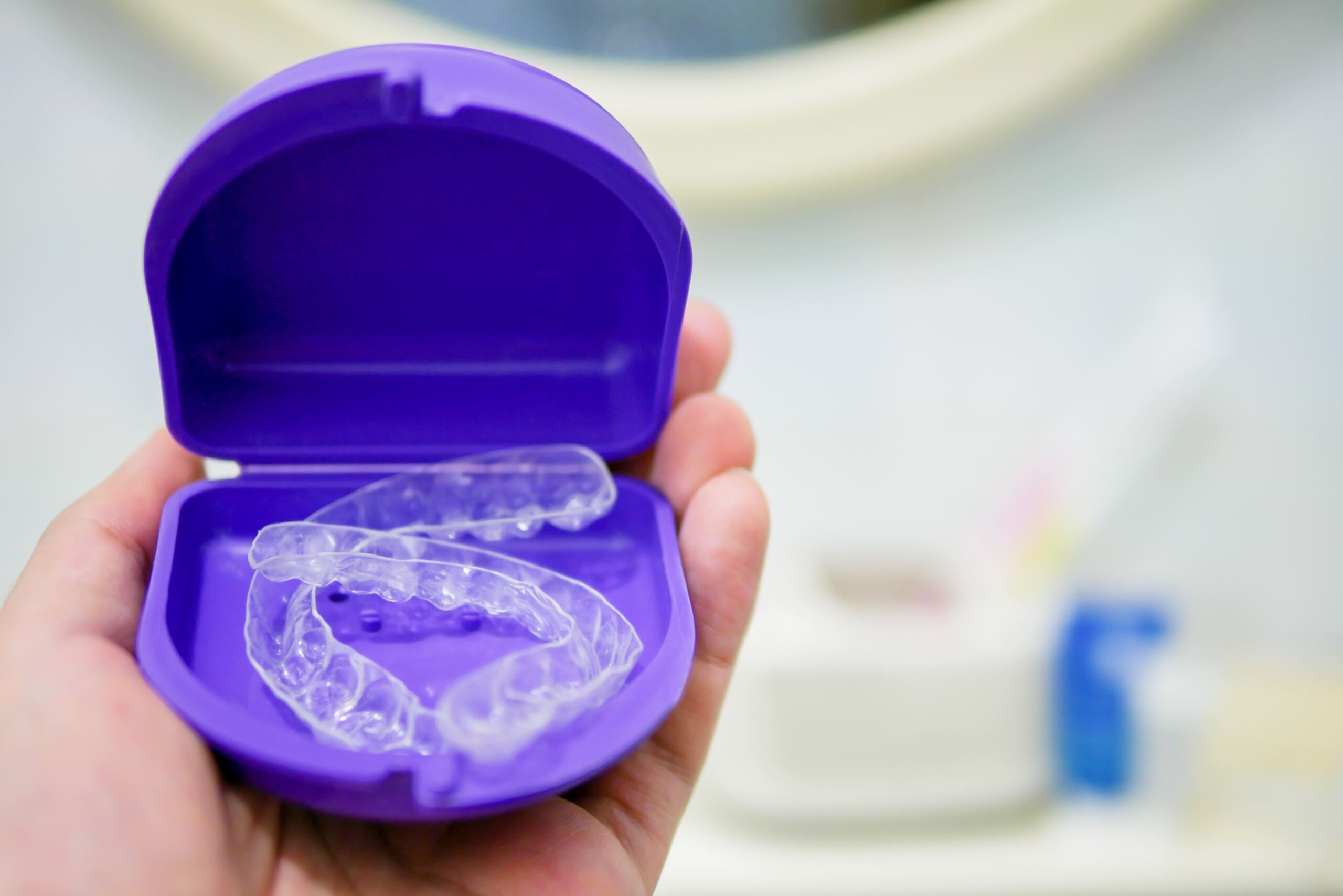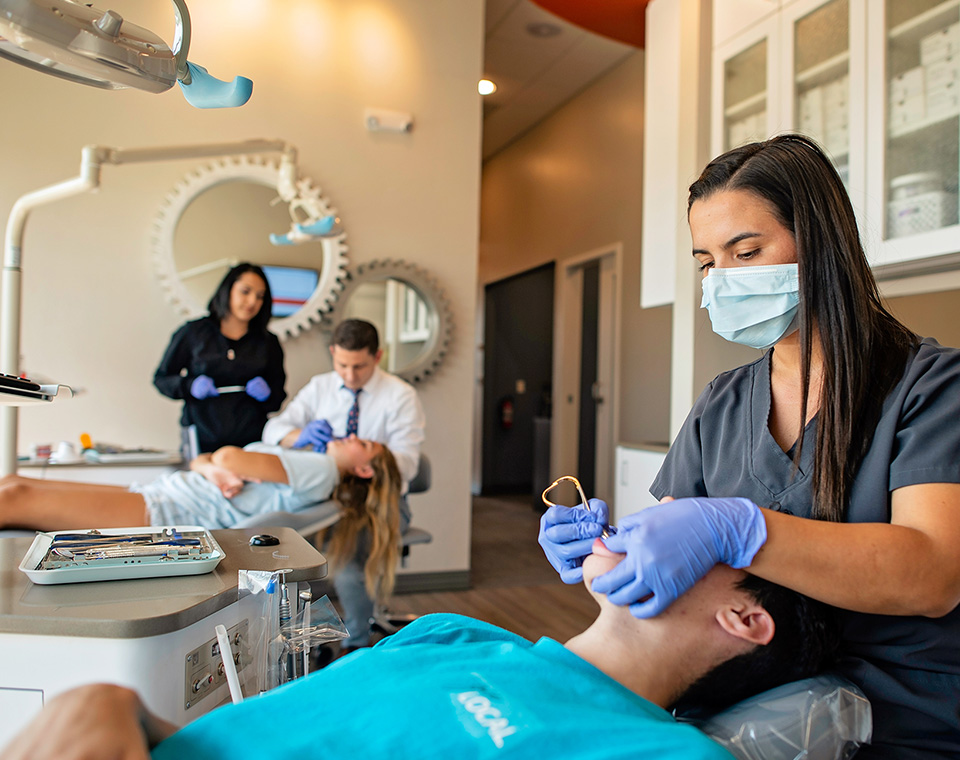What Happens If You Skip Orthodontic Retainers?

After months or even years of wearing braces or clear aligners, the moment your orthodontic treatment ends can feel like a huge victory. Your teeth are finally straight, your bite is properly aligned, and your smile looks exactly how you hoped it would. But there’s one last—and incredibly important—step in maintaining your results: wearing your retainers.
Many patients, especially teens and young adults, feel tempted to skip wearing their retainers regularly. After all, if the braces did their job, shouldn’t the results be permanent? Unfortunately, that’s not how orthodontic treatment works. Retainers play a critical role in keeping your teeth from shifting back to their original positions. Ignoring this step can undo all the time, effort, and financial investment you’ve made.
In this post, we’ll explain exactly what can happen if you skip your orthodontic retainers and why long-term retention is essential to preserving your smile.
Why Retainers Matter
Orthodontic retainers are custom-made devices designed to hold your teeth in their new positions after braces or aligners have done the hard work of shifting them. While your teeth may feel firmly in place right after treatment, the bone and soft tissue supporting them need time to stabilize.
Teeth are held in place by ligaments and bones that were remodeled during your treatment. It takes several months—and sometimes longer—for the bone to fully rebuild around the new tooth positions. Retainers help guide this process and keep teeth from drifting during this crucial stabilization period.
Skipping your retainers interrupts that process, allowing the teeth to slowly (or sometimes quickly) revert to their original, misaligned positions.
What Happens When You Don’t Wear Your Retainer?
-
Teeth Begin to Shift
The most immediate consequence of skipping your retainer is tooth movement. This process, known as orthodontic relapse, can happen gradually or rapidly depending on your age, the severity of your original misalignment, and how long you go without wearing your retainer.
Some people notice changes in just a few days, while others might not see obvious movement for several weeks or months. Regardless of the timeline, the longer you go without wearing your retainer, the more likely your teeth will start to shift.
-
Crowding and Spacing Issues Return
For patients who had spacing problems, like gaps between teeth, those gaps can reopen. For others who had crowding, the front teeth may begin to overlap again. These changes are not just cosmetic—they can also affect your bite, oral hygiene, and even how you chew or speak.
-
Bite Problems Reappear
One of the biggest goals of orthodontics is not just straightening teeth but aligning your bite. If you don’t wear your retainer, your bite can revert to its previous position. This may lead to jaw pain, difficulty chewing, or even temporomandibular joint (TMJ) issues over time.
-
Your Investment Is Wasted
Orthodontic treatment requires a significant investment of time, money, and energy. Not wearing your retainer essentially throws away all that hard work. In some cases, if the teeth have shifted significantly, the only way to correct them again is by restarting treatment—which means more expenses and more time in braces or aligners.
Can Teeth Be Fixed If They’ve Shifted?
If you’ve stopped wearing your retainer and noticed some changes, you’re not alone—and you’re not without options. Minor shifting can sometimes be corrected by starting to wear your retainer again, especially if it still fits. If it no longer fits or causes discomfort, it’s important to schedule a consultation with your orthodontist right away.
Depending on the severity of the relapse, your orthodontist may recommend:
-
A new custom retainer
-
Limited orthodontic retreatment (such as aligners for a few months)
-
Full orthodontic treatment, if the shifting is significant
The sooner you act, the easier and more affordable it will be to fix the problem.
How Often Should You Wear Your Retainer?
Your orthodontist will provide you with specific instructions after your treatment, but here’s a general guideline:
-
First 6 months: Wear your retainer full time (usually 22 hours per day), removing it only to eat, brush, and floss.
-
6–12 months post-treatment: Begin to transition to nighttime wear only, as advised.
-
Long-term: Continue wearing your retainer several nights a week indefinitely to maintain your results.
Keep in mind that teeth can shift even years after treatment, so consistent use of retainers is the key to a lifelong straight smile.
Tips to Keep Your Retainer Habit Going Strong
-
Set a routine: Incorporate retainer wear into your daily schedule so it becomes second nature.
-
Store it safely: Always keep your retainer in its case when it’s not in your mouth to avoid loss or damage.
-
Clean it regularly: Buildup from saliva and bacteria can make retainers unpleasant to wear, so brush and rinse them daily.
-
Set reminders: Use phone alarms or sticky notes to remind yourself to wear your retainer, especially in the early stages.
Safeguard Your Smile, Preserve Your Confidence
Your smile is one of your most valuable assets—and you worked hard to get it. Skipping your retainer might seem harmless in the short term, but over time it can completely reverse your results. Wearing your retainer as prescribed is the simplest way to protect your orthodontic investment and maintain a healthy, beautiful smile for life.
If you’ve stopped wearing your retainer and are starting to notice changes in your teeth, don’t wait to take action. At Rose Rock Orthodontics, we’re here to help you keep your smile on track. Whether you need a new retainer, a quick consultation, or retreatment options, we’ll guide you every step of the way.
Looking for an Enid orthodontist you can trust? Contact Rose Rock Orthodontics today to schedule your appointment—we’ll make sure your smile stays right where it belongs.


